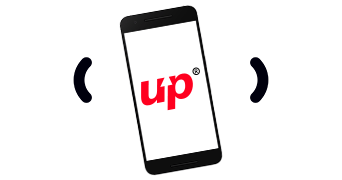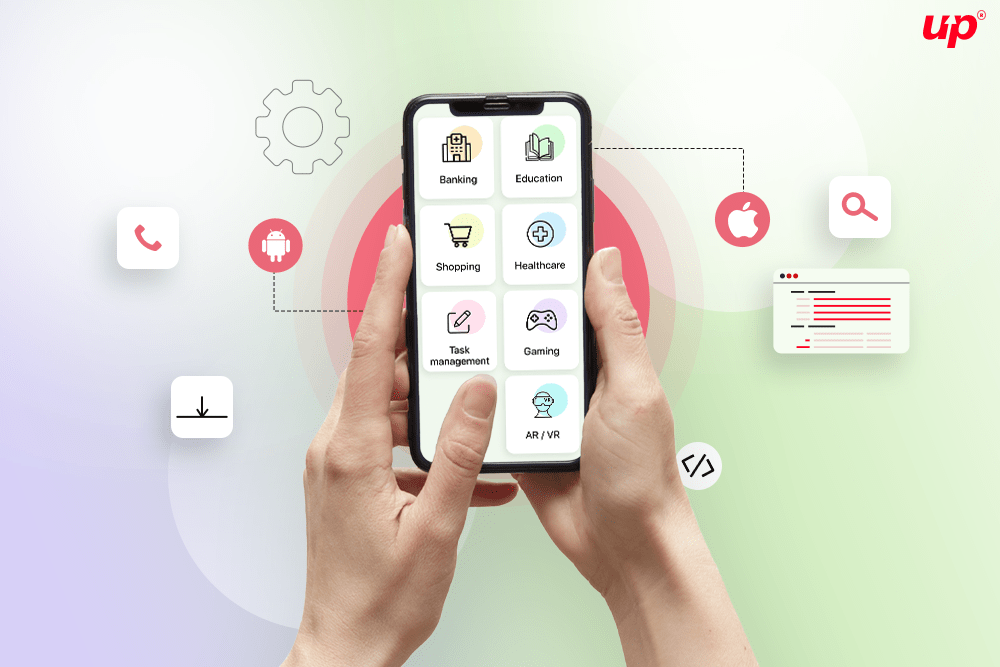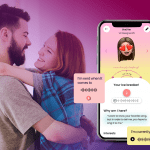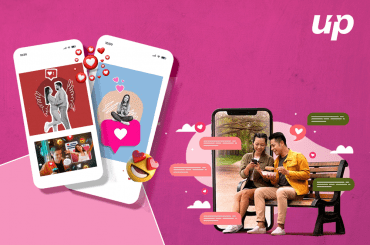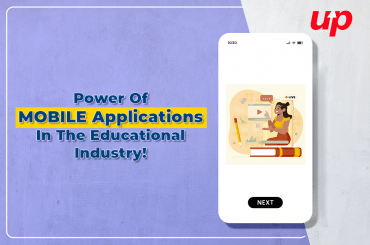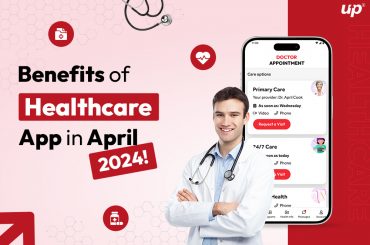According to a recent projection, there will be over 3.8 billion smartphone users worldwide by 2021. Manufacturers see it as a chance to advertise their goods and draw in more prospective clients. It makes a mobile application necessary. In today’s technologically advanced world, smart applications are a prototyping tool helps companies market their offerings and maintain relationships with their clientele. Each of the Google Play and Apple app stores has over 1.5 million apps, and hundreds more are added every day.
Development of Mobile Apps Lifespan
Businesses can benefit greatly from mobile app design before development; these days, mobile app development is rather widespread.
However, the mobile app’s development cycle remains somewhat opaque wireframes. Whether it’s an app for a small business or a large brand, a company must determine how an app could further its goal and assist in fulfilling its marketing objectives. Several critical steps must be completed in the order listed. The process of developing an app will suffer significant harm if any of these steps are skipped.
The eight main steps of the mobile app development lifecycle process are listed below to help you fully grasp the mobile app objective sequence:
1. Deep Research
Before starting the development stage, it is crucial to understand why we want an app. There should be a clear goal and an inventive, motivating concept behind the app. In addition, the company must understand the needs of its users and the functionality of the application to fulfil the goals of the mobile app development lifecycle. This makes the statement all the more important because it clarifies the purpose and app design before development of the program.
2. Idea-Based Modeling
We must stop at the second stage once we have finished all of the research and are moving forward with developing an app. We will be able to estimate the amount of time and money needed for the development process thanks to the study. Proceed to design the prototype inside your mobile software development lifecycle by analyzing the idea and utilizing the examination details.
3. Technology Viability
We have a fantastic idea and a complete working flow chart in the third phase, but can we make it work? It is one thing to have all the operations and functions listed on paper; it is quite another to turn that information into a fully functional model. It is necessary to evaluate the back and technology assessment to determine whether these items are feasible. Thus far, we can determine whether the backend system will support the application’s API or not. To find out if our app idea is technically feasible, we must acquire access to the public APIs.
4. Actual Prototype
We won’t be able to comprehend that applications are a part of digital technology until we interact with them on our smartphones. Building a working app prototype is now necessary to experience how an app functions and interacts with its users. We could get the app development done faster and with higher quality if we used simple, non-comprehensive wireframes. By giving the customer a copy of the first draft, we may learn more about whether the application is complete or need revisions.
5. App Design Before Development
Understanding the app’s design is important before we begin writing any code for development. A distinctive design ought to be organised to best serve the user’s needs. The components needed to improve the app’s interactivity will be created and designed by a user experience designer. Designing is a highly difficult procedure that requires explicit execution to give its users improved business. The end products, which will give us a notion of how our app should feel and appear, are what we will refer to as blueprints or visual directives.
6. Development of the App
We have finally reached the most important phase of the development lifecycle for mobile software: coding. We have the app idea with all the desired features and app design before development, thus we have all the necessary specifications. The developer will start using the chosen mobile app development software to work on the app during this phase. Although there are several approaches to designing the app development process, agile is the most often used. This approach is used because of its collaborative, transparent, gradual, and iterative technique.
7. Testing
We have finished writing the app’s code thus far. The prototyping tool for testing procedure will next come into play. Users will receive the app to learn the outcome of a user experience test. The most effective way to find out if your application is providing users with the services they want is through user acceptance testing or UAT testing. Beta testing, a tried-and-true technique for user testing of your programme, is also included in the testing phase. We will be able to directly solicit user wireframe opinions and input thanks to the beta version. Receiving feedback from users will enable us to get the requirements for our app before it launches.
8. Final App Launch
Now that our programme is complete, distributing it to users is the only thing left to do. For endorsement, we must submit our app to the relevant app store. Make sure we adhere to all app store rules and regulations and that all necessary app design before development has been done before submitting the app. It is the last phase in the creation of an app.
However, it is not the end because each act needs to be updated regularly to address faults and add new prototype features. The user is engaged for a longer amount of time when an improved app version with some features superimposed is periodically sent.
Conclusion
Since the mobile app development lifecycle necessitates technical development and programmes, it should be difficult. However, following a step-by-step plan will always assist us in achieving our objective. When we are aware of every crucial phase in the creation of a mobile app, we will be able to provide our customers with an impeccable, well-researched, and flawless app. Thus, we should always make sure that we are attentively following each step if we want our programme to spread to additional users.

